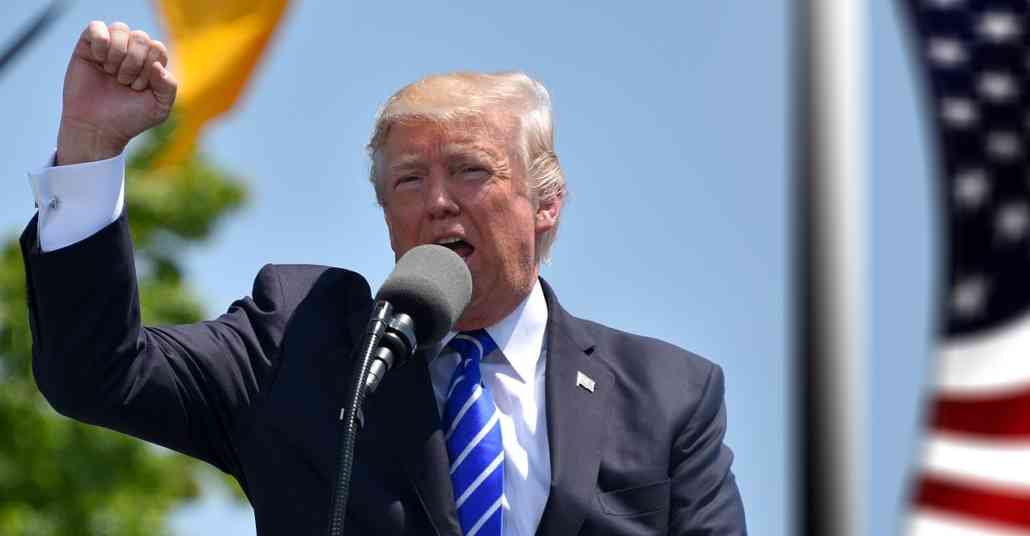With COVID-19 continuing to wreak havoc on businesses of all sizes and individuals nationwide, the U.S. government is searching for ways to provide additional relief to employers. In an effort to help alleviate the negative effects of the coronavirus, President Trump issued multiple executive orders on August 8, 2020. One, in particular, relates to a payroll tax deferral that allegedly provides temporary relief to employees. As a result, on September 1, 2020, the IRS issued guidance (Notice 2020-65) on the payroll tax deferral for wages paid.
What This Currently Means
Only FICA taxes (the 6.2% portion of the federal payroll tax on employees and its Railroad Retirement equivalent) are deferred. Medicare taxes are not deferred.
Then, too, this deferral applies to taxes on employees who earn less than $4,000 bi-weekly. If the payroll period doesn’t occur bi-weekly, then the limits are adjusted accordingly. It’s important to note that if an employee earns $4,010 dollars in a bi-weekly period, none of the FICA taxes are deferred. However, if an employee earns $3,990, the FICA taxes will be deferred. This is what’s called a “cliff effect” rule. AND, this determination is independently repeated for each pay period.
Then, in January 2021, the employer will collect and remit the deferred taxes by increasing withholdings on employee earnings. To confuse things more, if the employer chooses to withhold the FICA taxes, irrespective of the deferral, then the employer needs to remit the taxes following the standard rules currently in place.
In total, President Trump issued four executive orders, the first being the payroll tax deferral. The remaining three executive orders cover unemployment aid expansion, student loan payment deferral, and protection from evictions.
Of Importance to Employers
- Currently, it appears that participation in the withholding tax deferral is optional and only defers the employee portion of payroll taxes.
- FICA tax consists of an employee’s portion of their Social Security tax and Medicare taxes, with matching funds provided by the employer. For clarity, the employee portion of Social Security is 6.2% until the employee reaches a designated wage base. The balance of their FICA taxes is the employee’s Medicare tax, which is 1.45%, with a matching amount paid by the employer. However, the withholding deferral only covers an employee’s Social Security portion of their FICA taxes. And, according to President Trump’s executive order for the payroll tax deferral, this will only be in effect between September 1 and December 31, 2020.
- If you, as an employer, offer this option to your employees, then you are responsible for remitting these taxes to the IRS on behalf of your employees without any penalties or interest no later than April 30, 2021. This means you will collect and pay the Social Security tax for September 1 through December 31, 2020, in addition to the collected Social Security tax from January 1, 2021 through April 30, 2021.
- Employers have the option of making “other arrangements” to collect the deferred FICA taxes from employees; however, details related to “making other arrangements” have not been clearly defined to date.
- If an employee chooses to defer his FICA taxes and leaves the company before the deferred taxes are paid, the employer is still responsible for covering those taxes, irrespective of his ability to collect them from the employee.
- Also, for employers with workers who receive tips, it is not clear how the obligation to collect and deposit the deferred taxes will coordinate with the rules governing the withholding of taxes on tips.
- A self-employed taxpayer doesn’t have the option of taking advantage of this tax deferral break.
What Remains Ambiguous
This employee payroll tax deferral mimics a tax cut, because workers would be temporarily taking home larger paychecks during this timeframe. However, because this is a deferral and not an exemption, the payroll taxes would still need to be paid by April 30, 2021.
However, if reelected, President Trump promises that his administration will push Congress for forgiveness of the deferred taxes. However, because the presidential election is still pending, it remains unknown whether the new Congress will support a payroll tax forgiveness program.
It is also unknown whether employees will take advantage of this opportunity. Considering the potential employer liability for FICA taxes for employees who leave, and the awkwardness of increasing withholdings in 2021 to make up for 2020 deferrals, it’s uncertain how many employers will participate in the deferral program, in view of the major programming and logistical difficulties of implementing this change on very short notice. Forbes senior contributor Kelly Phillips Erb wasn’t optimistic when she wrote on August 28, 2020, “There are so many unanswered questions. With just days to go before the deferral period begins — that’s Tuesday — I don’t see how this will actually roll out on time. If employers were looking for clear direction from [the] Treasury and the IRS, this is not it.”
Again, employers have the option of deferring employees’ payroll taxes, according to Treasury Secretary Steve Mnuchin. Deferring the payroll taxes is not mandatory.
An example of how this deferred payroll tax would work is as follows: The employer runs payroll biweekly, with the first pay date after September 1 falling on September 7. That employer would defer the employee share of the Social Security taxes over 9 payroll periods in 2020 but would have to recoup those taxes over 8 payroll periods starting in January 2021. For an employee who earns $1,000 in wages each pay period from September 1 through December 31, 2020, the deferral would result in an increase of $62 per pay period in take-home pay through the end of 2020. Then, in 2021, the employee’s take-home pay would be reduced by $69.75 per period through April 30, 2021 to recoup the deferred taxes from September 1 through December 31, 2020.
An employee who earns $4,000 in wages per pay period between September 1 and December 31, 2020 would see a take-home pay increase by $248 per period in 2020, but his or her take-home pay starting in 2021 would be reduced by $279 per pay period through April 30, 2021.
As mentioned previously, if an employer elects to defer the employee Social Security tax withholdings and the employee leaves before the taxes are paid, that employer may be forced to pay those amounts and potentially gross-up the amount as additional wages to a former employee.
This executive order could provide some relief for those who are currently struggling due to COVID-19, but it could also create significant hardship for employees in 2021, because they could be saddled with twice as much tax being withheld from their paychecks through April 30, 2021. It should also be noted that this payroll tax deferral won’t do anything to help the approximately 28 million Americans who are currently unemployed and, therefore, not receiving salaries or having payroll taxes withheld (because unemployment benefits are not subject to payroll taxes).
Large companies, including Walmart, have been looking for guidance from the Treasury Department before proceeding with how to handle this with their employees. And, industry groups, including the U.S. Chamber of Commerce, have expressed concern regarding President Trump’s executive action and have opposed it, saying this executive order creates a substantial tax liability for employees at the end of the deferral period. In conjunction with this executive order, what’s needed is for Congress to forgive this liability, because it threatens to impose serious hardship on employees who will be facing an even larger tax bill in 2021 as a result of the deferral.
In contrast, the National Finance Center, a shared service provider for Financial Management Services and Human Resources Management Services under the United States Department of Agriculture, has already indicated that it will be implementing the payroll tax deferral per an August 21, 2020 memo. Social Security taxes are being deferred for all employees who are eligible for the initiative. The employees will have no say in this decision and will not be able to opt-in or opt-out. One can only hope that this is not going create some hardship for those employees down the line, if they don’t carefully budget now.
Potentially, a tax deferral could turn into a tax cut, but this would require an act of Congress. Given the fact that Congress can’t pass legislation with close to 30 million people unemployed and the country reeling from the economic effects of the coronavirus pandemic, it’s not highly likely that this will occur. And, if such legislation were to pass, there could be a threat to Social Security. The critical question is whether Congress will include language that reimburses the Social Security Trust fund from general government revenue. There has been limited information provided by President Trump or his advisors on whether such a reimbursement model would be used if a payroll tax cut is passed in the next coronavirus relief package. However, if a reimbursement clause is not included, then it could impair funding for Social Security and Medicare in the future.
While critics fear a payroll tax cut is an attempt to go after Social Security, there’s still too much uncertainty over President Trump’s payroll tax cut demand to validate the claim. The core issue will be whether the payroll tax holiday proposal simply cuts off revenue from the Social Security Trust Fund or whether it reimburses it from another source.





